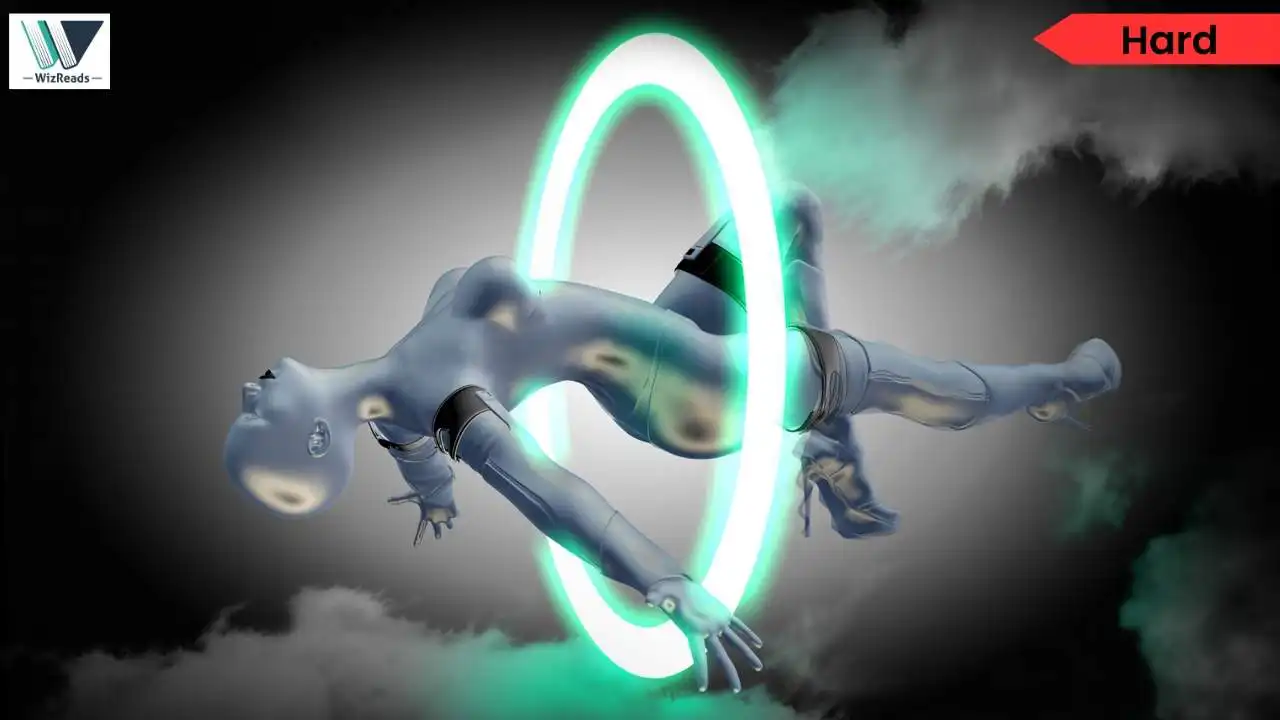
Newsletter Subscribe
Enter your email address below and subscribe to our newsletter

Enter your email address below and subscribe to our newsletter

Could a fifth dimension exist beyond our perception that would completely revolutionize our understanding of the universe? What if the mathematical inconsistencies in modern physics are actually pointing to dimensions we’ve yet to discover? These challenging GMAT GRE RC passages explore competing theories about spacetime dimensionality and their profound implications for understanding the fundamental structure of reality.
Read these Hard English passage(s) in Science Technology and Environment and answer the question(s) that follows. You can choose the GMAT style Reading Passage and the question or the GRE RC variant and answer the GRE-style question. Even better, you could solve both.
The prevailing conception of a four-dimensional spacetime continuum, while mathematically elegant, represents an incomplete theoretical framework incapable of resolving fundamental inconsistencies in contemporary physics. Empirical evidence emerging from sophisticated quantum chromodynamic experiments and perturbative string theory calculations increasingly suggests the probable existence of a fifth spatial dimension—an assertion initially posited by Klein and Kaluza in the 1920s but subsequently marginalized within mainstream theoretical discourse. Their pioneering hypothesis, which attempted to unify gravitational and electromagnetic forces through higher-dimensional mathematics, warrants substantial reconsideration given recent experimental anomalies in particle acceleration data that cannot be adequately explained within conventional four-dimensional models or through ad hoc theoretical modifications.
Critics dismissively characterize higher-dimensional theories as convenient mathematical abstractions lacking empirical validation or pragmatic utility in experimental contexts, yet this position reflects an epistemological conservatism that privileges observational limitations over theoretical coherence and predictive elegance. The persistent inability to reconcile quantum mechanics with general relativity constitutes compelling evidence that our current dimensional paradigm is fundamentally deficient rather than merely incomplete. Sophisticated mathematical models incorporating a fifth dimension demonstrate remarkable explanatory power regarding force unification without requiring the introduction of arbitrary constants or symmetry-breaking mechanisms that plague standard models and necessitate increasingly convoluted theoretical justifications.
The institutional resistance to dimensional expansion within the physics community exemplifies how entrenched conceptual frameworks often impede theoretical progress even when confronted with mounting contradictory evidence and mathematical inconsistencies in conventional formulations. Ultimately, the resolution of physics’ most profound enigmas—from quantum gravity to dark energy—may necessitate transcending our intuitive spatial perception and embracing the counterintuitive reality of higher-dimensional existence, regardless of the pedagogical challenges this paradigmatic shift would inevitably present.
The primary purpose of the passage is to
The passage primarily advocates for reconsidering the existence of a fifth spatial dimension by presenting evidence of theoretical inconsistencies in contemporary physics. While the passage mentions experimental anomalies, the Klein-Kaluza theory, resistance in the physics community, and makes comparisons between models, these elements all serve to support the author’s central purpose of advocating for the reconsideration of higher-dimensional theories to resolve fundamental inconsistencies in physics.
Correct Answer: Choice (B)

Contemporary theoretical physics encompasses divergent perspectives on spacetime dimensionality, with each framework attempting to resolve persistent cosmological enigmas. Proponents of string theory posit that our universe contains ten or eleven dimensions—most being “compactified” to submicroscopic scales, rendering them imperceptible to conventional observation techniques. These additional dimensions potentially explain why gravity appears disproportionately weak compared to other fundamental forces. Contrastingly, quantum loop gravity theorists maintain that additional dimensions represent mathematical conveniences rather than physical realities, arguing that quantum effects naturally emerge from four-dimensional spacetime when properly analyzed. A third position, championed by holographic principle adherents, suggests our perceived three-dimensional reality may constitute a projection from a two-dimensional boundary at the universe’s edge. Recent observational evidence from cosmic background radiation patterns remains ambiguous, with some physicists interpreting subtle gravitational wave signatures as supporting higher dimensionality, while others attribute the same data to conventional quantum fluctuations. The resolution of this dimensional debate carries profound implications for understanding black holes, the universe’s ultimate fate, and the prospect of parallel realities.
Which of the following CANNOT be inferred from the passage?
The passage never suggests that experimental evidence has conclusively disproven compactified dimensions. In fact, it states that “Recent observational evidence from cosmic background radiation patterns remains ambiguous,” indicating that the evidence is inconclusive and subject to different interpretations.
Correct Answer: Choice (E)